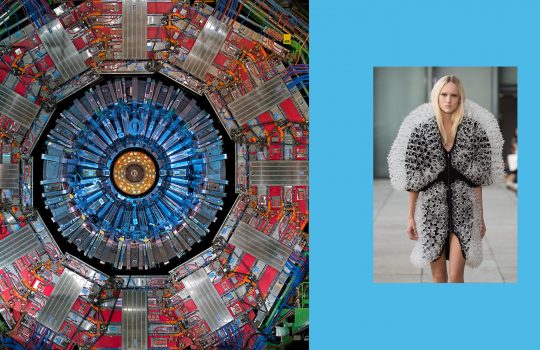How Sheldon stepped up for Amy on ‘The Big Bang Theory’
From Cinema Blend, Jan. 17, 2019: As the episode opens, Amy and Sheldon are filming Fun with Flags, and when Amy goes to check comments on her phone she sees that they’ve gotten a comment from Fermilab, the particle physics and accelerator laboratory in Chicago, letting them know that a team of scientists has confirmed their theory with an experiment.

